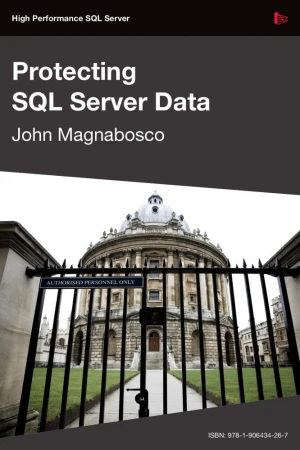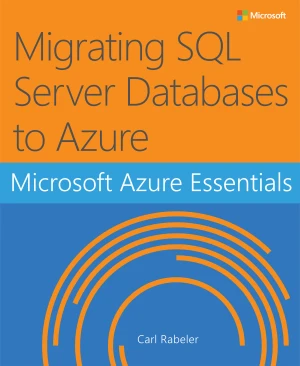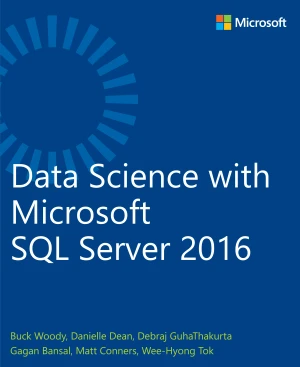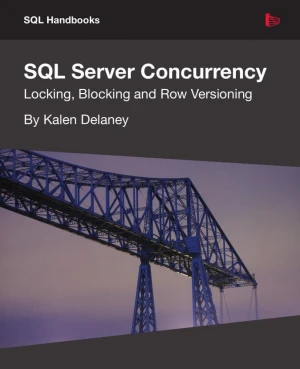SQL Server Source Control Basics

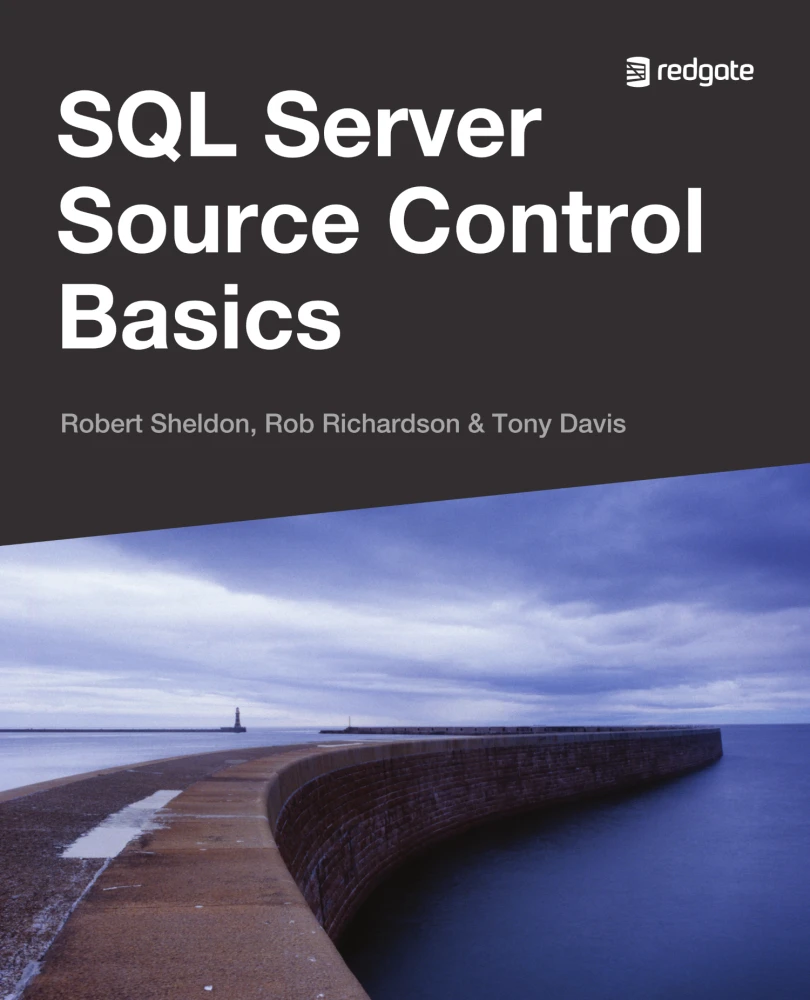
Book Details
| Authors | Robert Sheldon, Rob Richardson, Tony Davis |
| Publisher | Red Gate |
| Published | 2014 |
| Edition | 1st |
| Paperback | 296 pages |
| Language | English |
| ISBN-13 | 9781910035016, 9781910035009 |
| ISBN-10 | 1910035017, 1910035009 |
| License | Open Access |
Book Description
Few software developers would build an application without using source control, but its adoption for databases has been slower. Yet without source control to maintain the scripts necessary to create our database objects, load lookup data, and take other actions, we cannot guarantee a reliable and repeatable database deployment process, let alone coordinate database upgrades with changes to the application. We also run the risk that our "ad hoc" database patching will cause inconsistencies and data loss. Source control can and should play a key role in the database development and deployment process, and this book will show you exactly how to get started. It provides 'just enough' detail about the core components of a source control system and how to incorporate that system into the database development and deployment processes, covering: Database Source Control architecture - what to include, how to structure the components Collaborative editing - teamwork on a database project, while minimizing change conflicts and data loss. Change auditing - what changed between versions and who changed it? Branching -work independently on separate features and control what to deploy and when Merging - what happens if one user changes a column name while another updates its data type? A merge operation lets the team decide the correct outcome Building and Deploying databases - building new databases and upgrading existing ones from source control Every chapter follows the same "half-theory, half practice" template, so you learn the concepts then see how they work.
This book is published as open-access, which means it is freely available to read, download, and share without restrictions.
If you enjoyed the book and would like to support the author, you can purchase a printed copy (hardcover or paperback) from official retailers.
Download and Read Links
Share this Book
[localhost]# find . -name "*Similar_Books*"
Protecting SQL Server Data
In Protecting SQL Server Data, John Magnabosco demonstrates how sensitive data, stored in SQL Server, can be protected using an efficient and maintainable encryption-based data architecture. He explains how to assess and categorize data elements according to sensitivity, regulate access to the various categories of data using database roles, views
SQL Server Hardware
SQL Server Hardware will provide the fundamental knowledge and resources you need to make intelligent decisions about choice, and optimal installation and configuration, of SQL Server hardware, operating system and the SQL Server RDBMS. Relational databases place heavy demands on their underlying hardware and many of these databases are mission-cri
Migrating SQL Server Databases to Azure
SQL Server is Microsoft's relational database management system (RDBMS). SQL Server can now be hosted entirely in Microsoft Azure, either in a hosted virtual machine (VM) or as a hosted service. Hosting a virtual machine in Azure is known as infrastructure as a service (IaaS), and hosting a service in Azure is known as platform as a service (PaaS).
Data Science with Microsoft SQL Server 2016
R is one of the most popular, powerful data analytics languages and environments in use by data scientists. Actionable business data is often stored in Relational Database Management Systems (RDBMS), and one of the most widely used RDBMS is Microsoft SQL Server. Much more than a database server, it's a rich ecostructure with advanced analytic capab
Defensive Database Programming with SQL Server
Resilient T-SQL code is code that is designed to last, and to be safely reused by others. The goal of defensive database programming, the goal of this book, is to help you to produce resilient T-SQL code that robustly and gracefully handles cases of unintended use, and is resilient to common changes to the database environment. Too often as develop
SQL Server Concurrency
If you've designed your SQL code intelligently and implemented a sensible indexing strategy, there's a good chance your queries will "fly", when tested in isolation. In the real world, however, where multiple processes can access the same data at the same time, SQL Server often has to make one process wait, sacrificing concurrency and performance i

